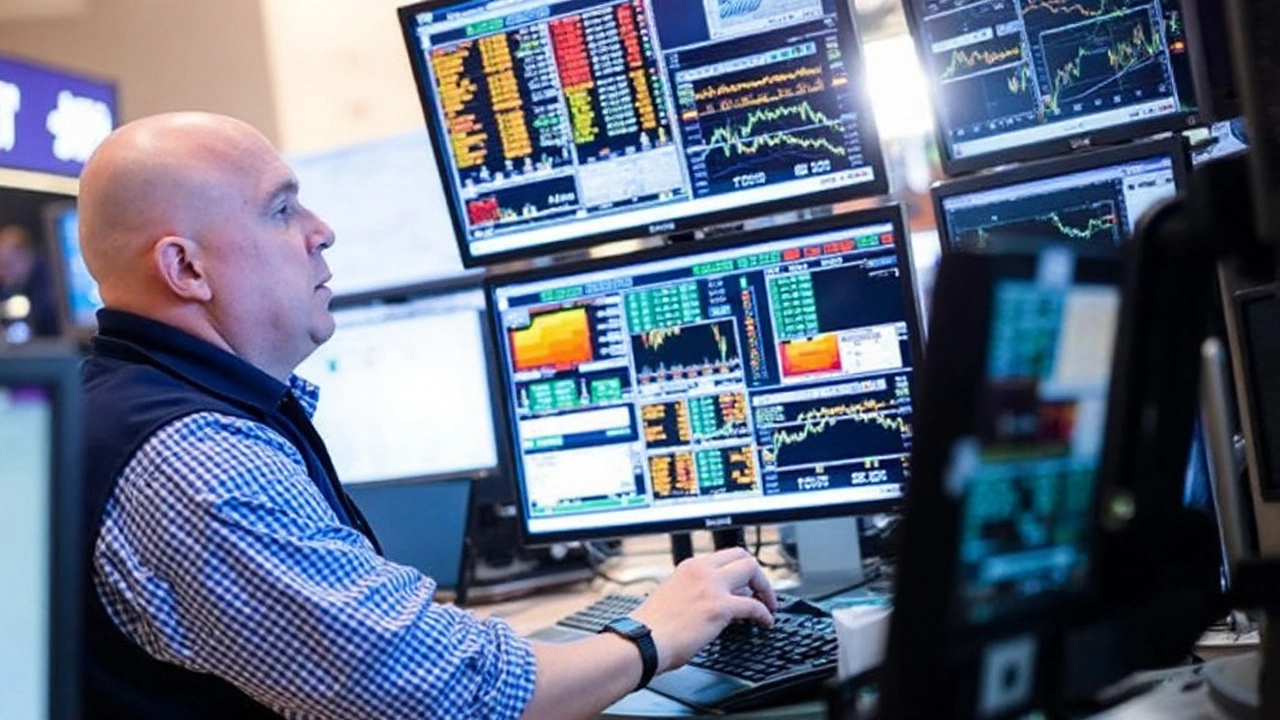Federal Reserve Explained: How It Shapes Your Money
If you’ve ever heard a news anchor mention the Fed and wondered what they’re really talking about, you’re not alone. The Federal Reserve is the United States’ central bank, and its decisions trickle down to everything from the mortgage rate on your new home to the interest you earn on a savings account. Below we break down the basics, show why the Fed matters to you, and recap the most recent actions that are making headlines.
How the Fed Impacts Your Everyday Finances
First off, the Fed controls the supply of money in the economy. When it wants to cool down a booming market, it raises the federal funds rate – the interest rate banks charge each other for overnight loans. Higher rates make borrowing more expensive, which can slow spending and bring down inflation. When the economy looks sluggish, the Fed does the opposite: it lowers rates to make loans cheaper, encouraging people and businesses to spend more.
Those changes affect the rates you see on credit cards, car loans, and mortgages. A small shift in the Fed’s rate can add up to hundreds of pounds on a big loan. On the flip side, if you keep money in a high‑interest savings account, a rising Fed rate usually means better returns.
Recent Fed Moves and What They Mean
In the past year, the Fed has been juggling inflation that’s hotter than expected and a job market that’s still strong. To tame price rises, the Fed hiked rates several times, pushing the federal funds rate into a range that’s higher than it’s been in over a decade. Those hikes were meant to slow down spending just enough to bring inflation back to the Fed’s 2% target.
At the same time, the Fed kept an eye on the economy’s health. If unemployment starts to creep up or growth stalls, the Fed could pause or even cut rates later this year. That’s why you’ll hear analysts talking about a possible “rate‑pause” at the next meeting – the Fed wants to see if the current hikes are enough.
What does this mean for you right now? If you’re planning a big purchase, you might see slightly higher loan rates, but the risk of runaway inflation should start to ease if the Fed’s policy sticks. If you’re saving, look for banks that adjust their interest rates quickly; they’ll often reflect the Fed’s moves faster than larger institutions.
Finally, remember the Fed isn’t just about rates. It also uses tools like quantitative easing (buying government bonds) to pump money into the economy, and forward guidance – basically statements about future policy – to shape expectations. Those tools can affect stock markets and bond yields, which in turn influence retirement accounts and investment portfolios.
Bottom line: the Federal Reserve might sound like a distant institution, but its actions are directly felt in the price of a cup of coffee, the cost of a new car, and the return on your savings. Keeping an eye on Fed announcements can help you make smarter financial choices and stay ahead of big economic shifts.
Nvidia, Tesla, Oracle lead biggest stock movers as Fed decision nears
Tech names drove the action ahead of the Fed decision as Nvidia slipped despite a huge CoreWeave deal, Tesla rallied with broader risk appetite, and Oracle and Texas Instruments moved on cloud and chip headlines. Short interest eased across S&P 500 tech in August, hinting at less bearish sentiment even as volatility stayed high.
